The British countryside is filled with ancient sites, from towering standing stones and enigmatic henges to mysterious stone circles. Some of these monuments are well known and well visited, such as Castlerigg near Keswick in the Lake District, Arbor Low in the Peak District and Avebury in Wiltshire, whilst others hide on moors and among hills with little attention at all - indeed, you've probably passed dozens of stone circles and other ancient sites in the countryside without even knowing it.
In this guide, we reveal 11 of Britain's best stone circles, delving into their history, folklore and how to visit them.
- Discover Britain's most dramatic castles
- Guide to Britain's battlefields
- Find out more about Neolithic Britain

11 best UK's stone circles to visit
Stonehenge
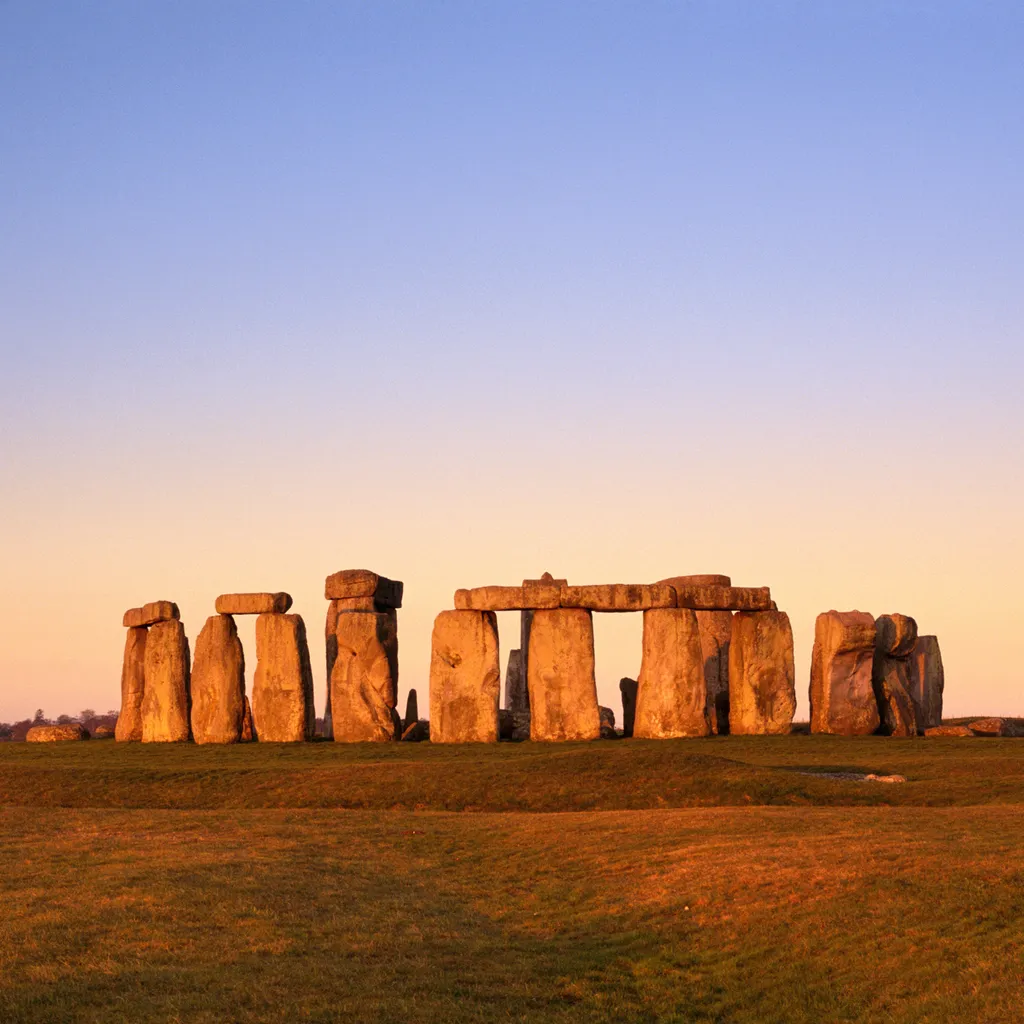
Leader of the pack and surely the main contender for the 'best stone circle to visit' title has to be the mighty Stonehenge, a World Heritage Site in Wiltshire. Thought to date back to 2500 BC, it is perhaps the most famous stone circle in the world.
The stones were placed to line up with the movements of the sun and it is thought they have spiritual significance as the changing of seasons would have been of crucial importance to the farmers and shepherds occupying and working the local land.
Stonehenge is particularly popular in mid winter and mid summer, when visitors come from miles around to celebrate the winter solstice and the summer solstice.
Castlerigg Stone Circle

Comprising about 40 stones, some of them up to 10ft tall, Casterigg in the Lake District is one of the oldest and best-preserved stone circles in Europe.
It first came to the public’s attention after being visited by the antiquarian, Anglican clergyman and self-styled ‘Druid’ William Stukeley in 1725. His description forms the first written record of the site. It differs little from what can be seen today, although he claimed there was a second, larger circle in a neighbouring field.
No evidence of this second circle has been found to back his claim, but there is one thing that sets Castlerigg apart from other circles – and that’s ‘The Sanctuary’. Within the eastern edge of the circle, this group of 10 stones forms a rectangular enclosure that is unique to Castlerigg. Was this ‘inner sanctum’ reserved for special ceremonies? We might never know.
Avebury
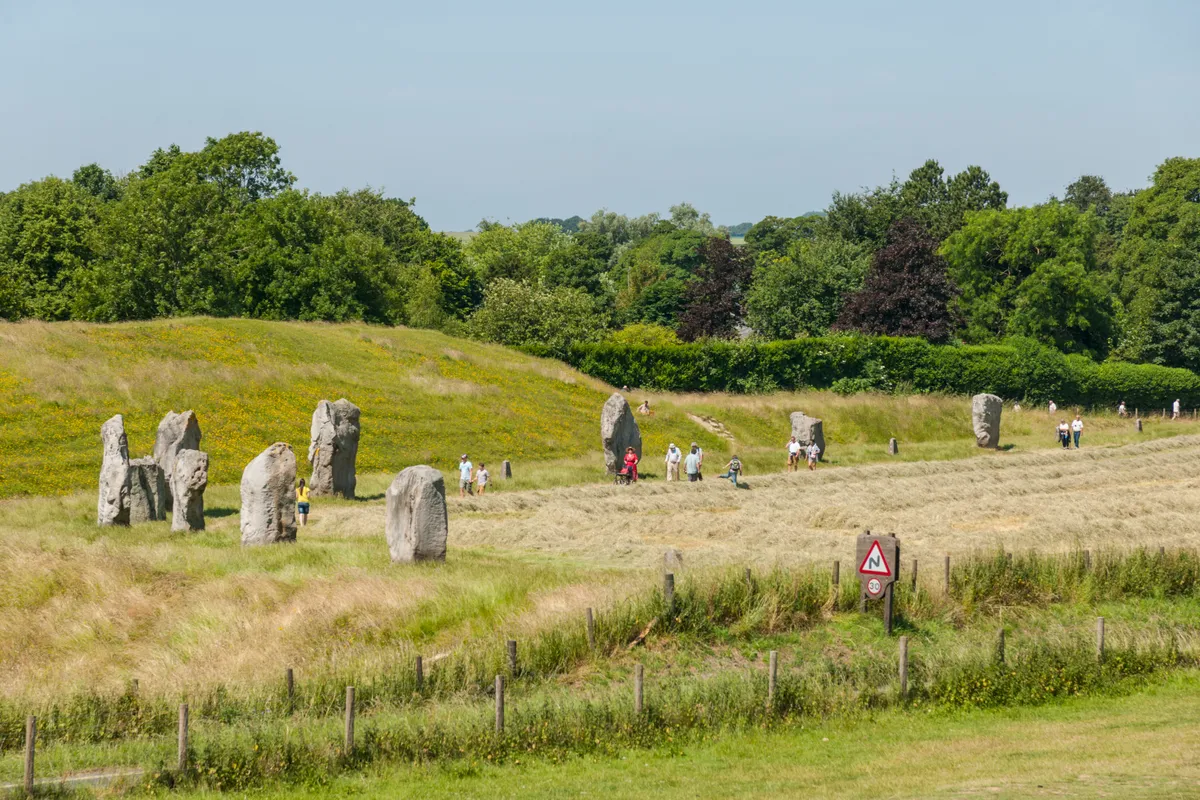
Inexplicably far less famous than its smaller same-county cousin, Avebury in Wiltshire is home to three megalithic stone circles, including the world’s largest, which is 14 times bigger than Stonehenge and has no fences or entry fees restricting visitors from exploring it.
The stone circles at Avebury are spectacular, but you'll find plenty more to do during a visit to this special corner of Wiltshire. Call in at the Red Lion pub for a drink, visit the village's museums and shops, and take a tour of the impressive Avebury Manor.
Rollright Stones
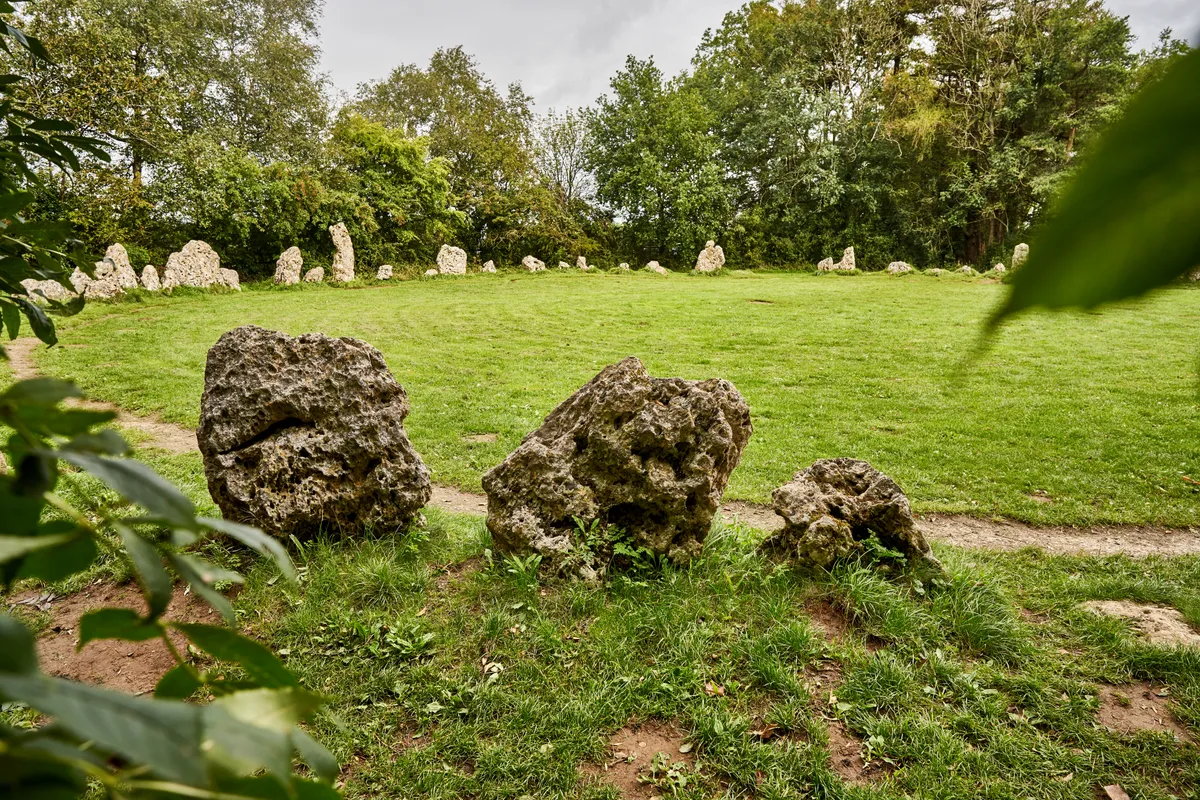
The legend behind the Rollright Stones goes something like this. A local warlord was patrolling a windswept ridgeline with his soldiers when a witch appeared. She presented him with a challenge, saying that if he strode forward seven paces and could see the village of Long Compton, he would become the King of England.
So enticed, he took one long pace forwards, only for a mound of earth to rise up in front of him. As the witch cackled malevolently, the warlord and his men were turned to stone. The unfortunate fellows and their gullible leader remain there to this day, petrified on the hills of the Oxfordshire-Warwickshire border.
The archaeological truth is no less stirring than the legend. The Rollright Stones are made up of three manmade groupings of heavily pitted natural boulders, weathered into outlandish shapes by millennia of wind and rain. All three sites are within a couple of minutes’ walk of each other.
Calanais Standing Stones
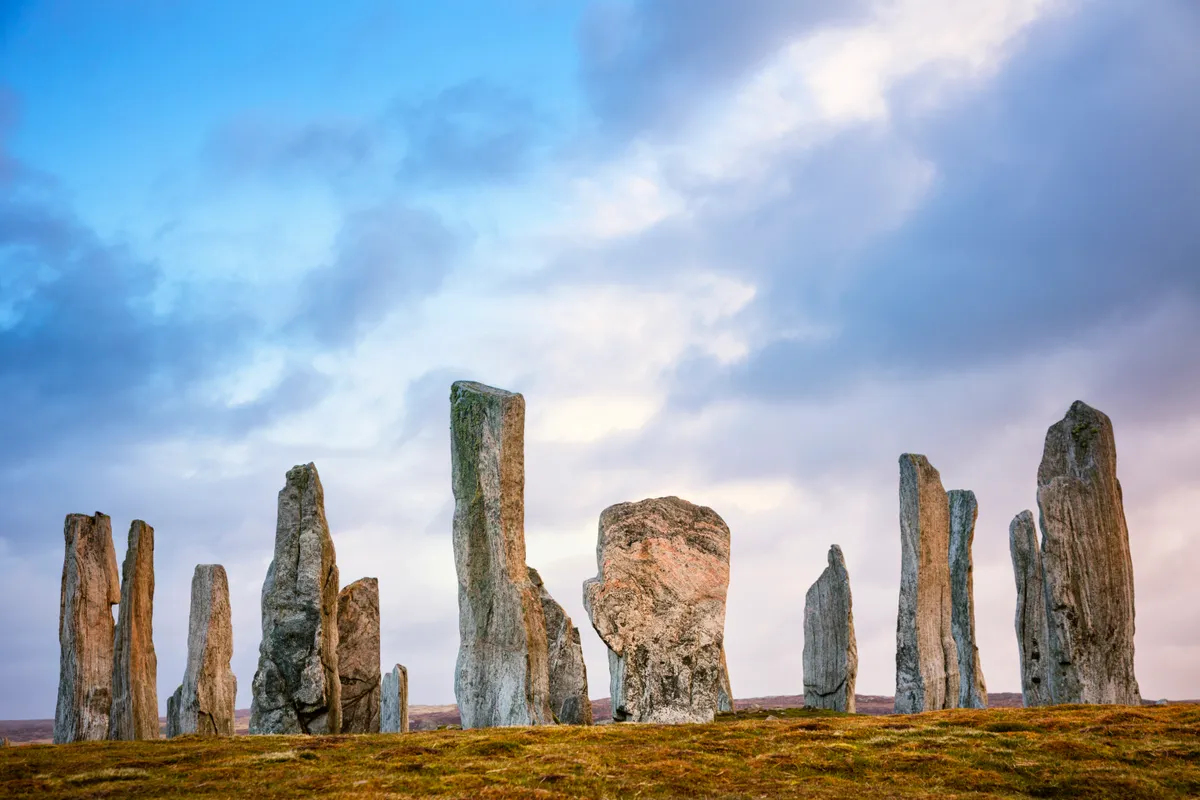
Lying on the north-west coast of Lewis in Scotland's Outer Hebrides are the Calanais Standing Stones (Callanish in its anglicised form), an astonishing cruciform-shaped arrangement of stones erected over 5,000 years ago.
There is an excellent Calanais Standing Stones walk that links two smaller, lesser-known stone circles and ends at the imposing megaliths, which stand on the brow of a windswept hill. The stones are thought to connect heaven and earth, and the experience is even more ethereal at sunrise or sunset.
Hurlers Stone Circles
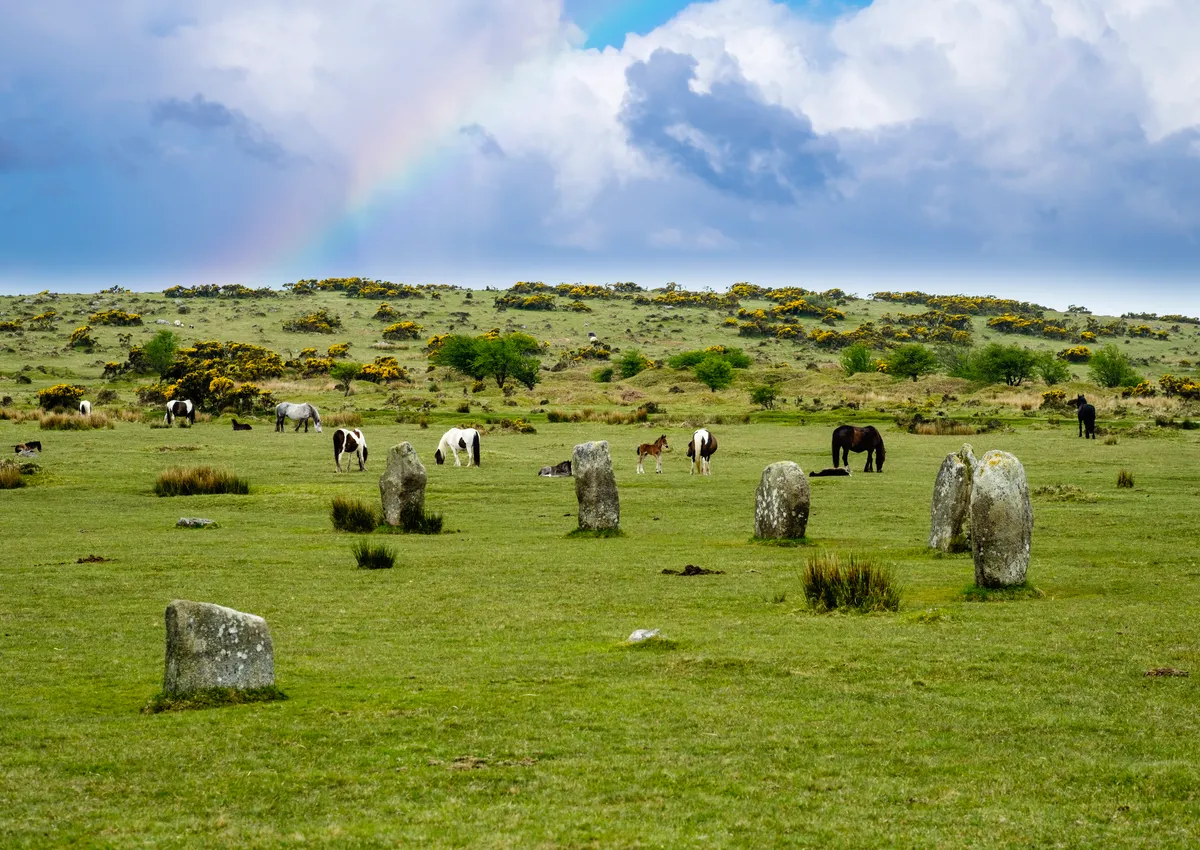
Minion’s engine house ruins tell the tale of its tin and copper mining history, but this area is also packed full of Neolithic and Bronze Age artefacts, not all of them as visible as the famous Hurlers Stone Circles and impressive Pipers standing stones.
Our 4.2-mile walk is a treasure hunt through history. Pass the Hurlers and Pipers to discover beautiful Gold Diggings quarry then enjoy fascinating glimpses into Craddock Moor’s inhabited past. Find a lesser-known stone circle, a miniature stone row, a lonely mine and a medieval cross on this quieter walking route.
- Winter solstice 2023: when is the shortest day of the year?
- Summer solstice 2023: when is the longest day of the year?
Beaghmore Stone Circles
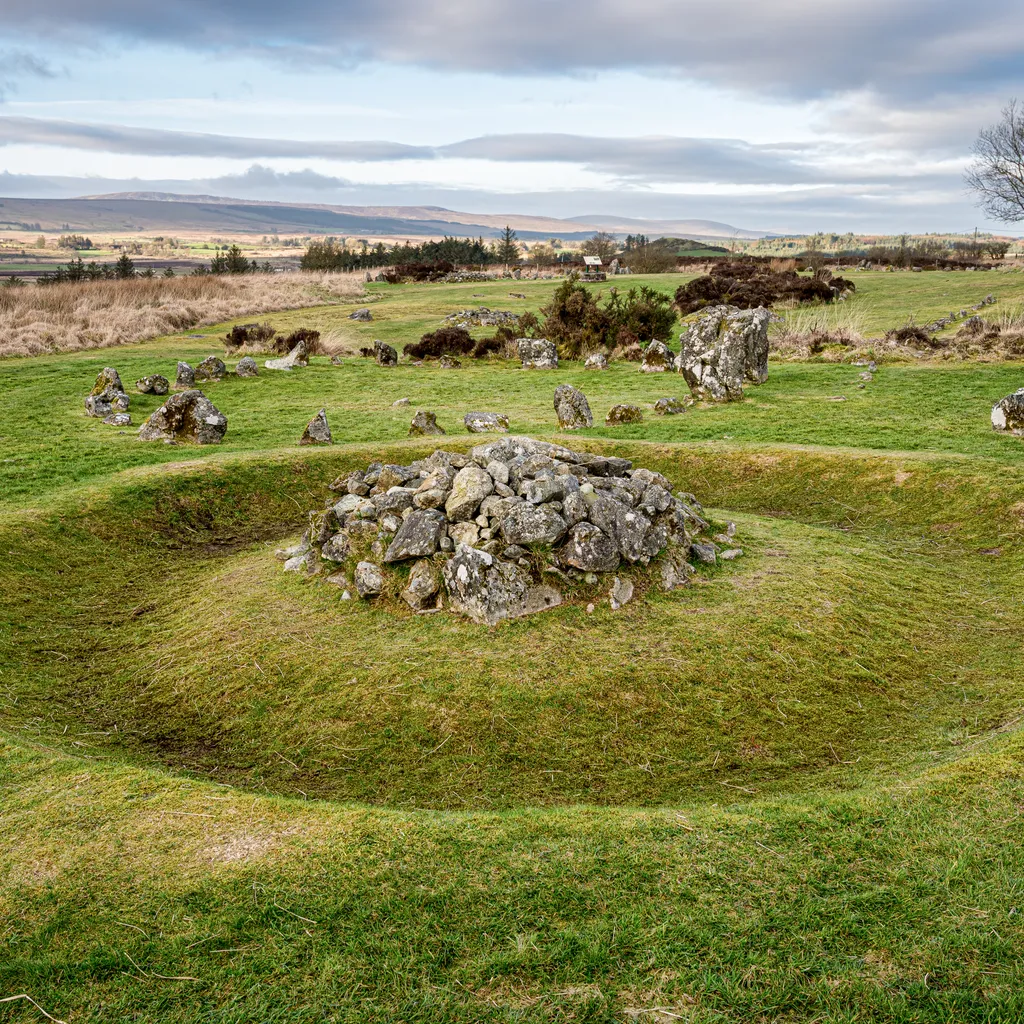
It’s the extent and complexity of Beaghmore in Northern Ireland's County Tyrone that makes it stand out. In a landscape peppered with lone monuments, here is a close-knit collection of seven stone circles, 10 stone rows and a dozen burial cairns, some still containing human remains.
The complex dates from the early Bronze Age, with excavated flint tools carbon dated to 2,900–2,600BC. Even-older Neolithic field structures also lie just beneath the surface.
Gors Fawr Stone Circle
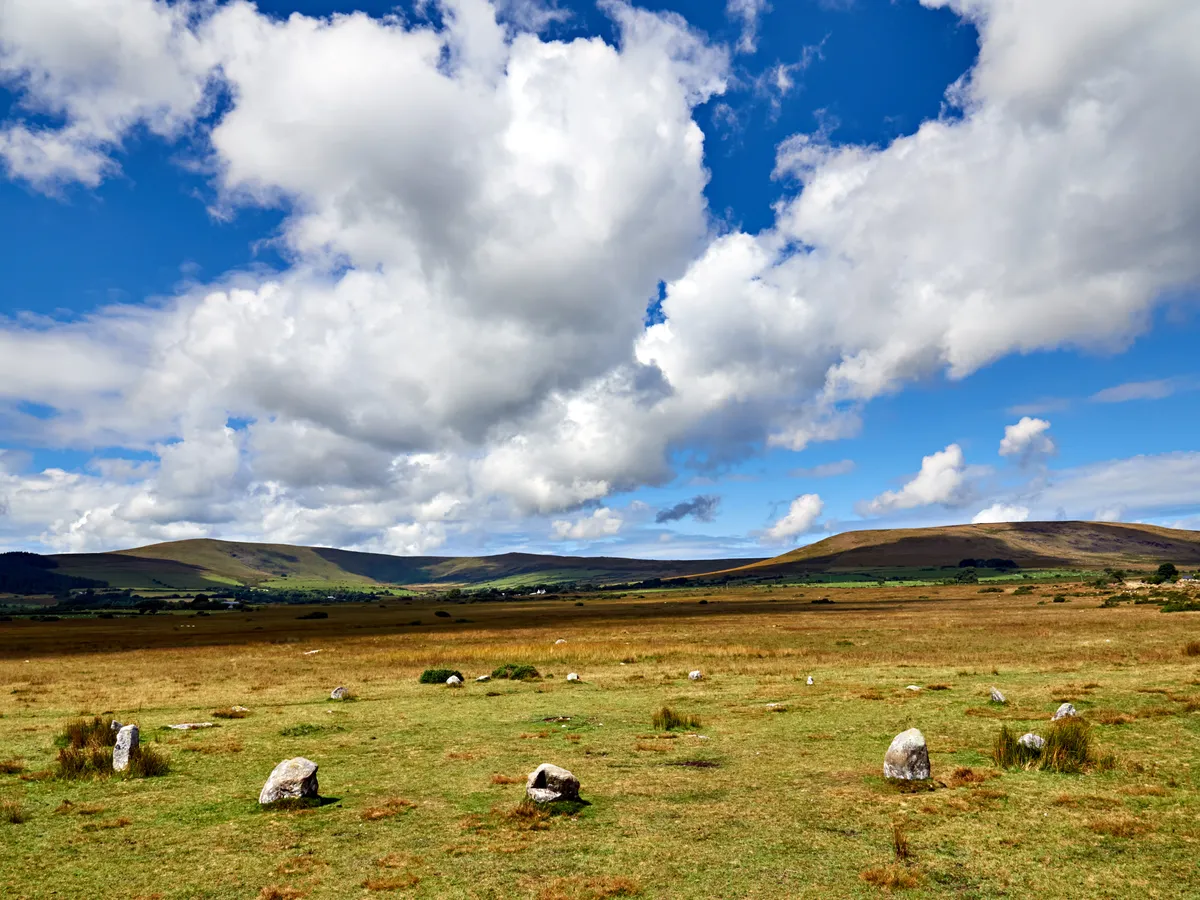
Gors Fawr Stone Circle shares none of Stonehenge’s associated development, tourism or wow factor. Rather, these diminutive stones occupy a gorsy plain in a gently peopled landscape. Conifer windbreaks, a house or two on the lane.
Sixteen are gathered here though two have toppled. Eight are glacial erratics while eight, like the smaller Stonehenge orthostats, are spotted dolerite (bluestone) from the Preselis.
Arbor Low
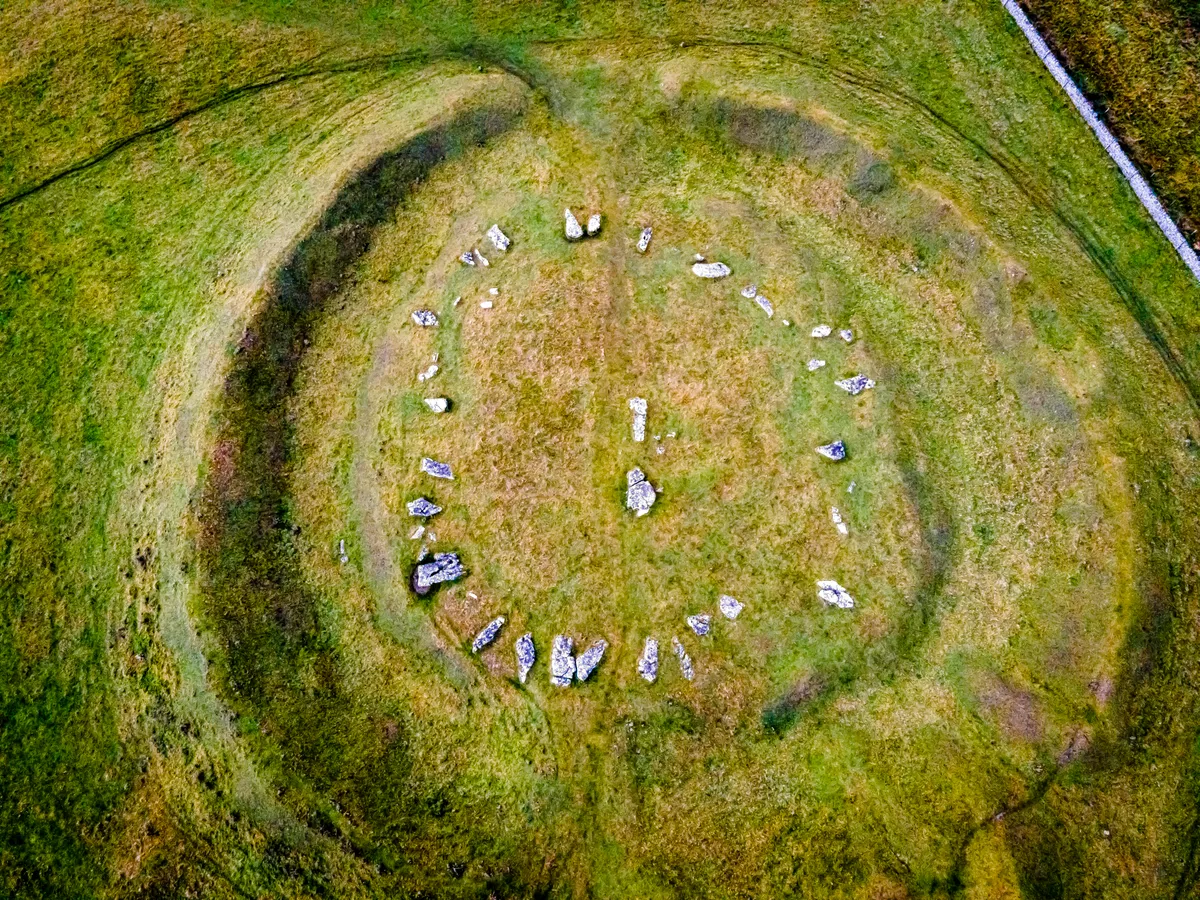
Arbor Low, standing almost 400 metres above sea level on Middleton Common near Monyash, is the most famous and impressive prehistoric site in the Peak District.
For atmosphere and a sense of closeness with the past, many feel that it far outshines its bustling, southern counterpart on Salisbury Plain (Stonehenge).
An easy, 5.5-mile walk starts from the pretty limestone village of Monyash, formerly an important lead mining centre, and takes you to the famous stone circle.
Thornborough Henges

Sometimes billed as ‘the Stonehenge of the North’, Thornborough consists of three identical, large circular earthwork enclosures.
It’s thought that Thornborough was used for ceremonies and funerals and that the henges were in use for over 2,000 years.
The location has long held significance for early human history as the henges were built over an earlier cursus monument. Just under a mile in length, the three henges are aligned on a broadly north-west–south-east axis.
Nine Ladies Stone Circle
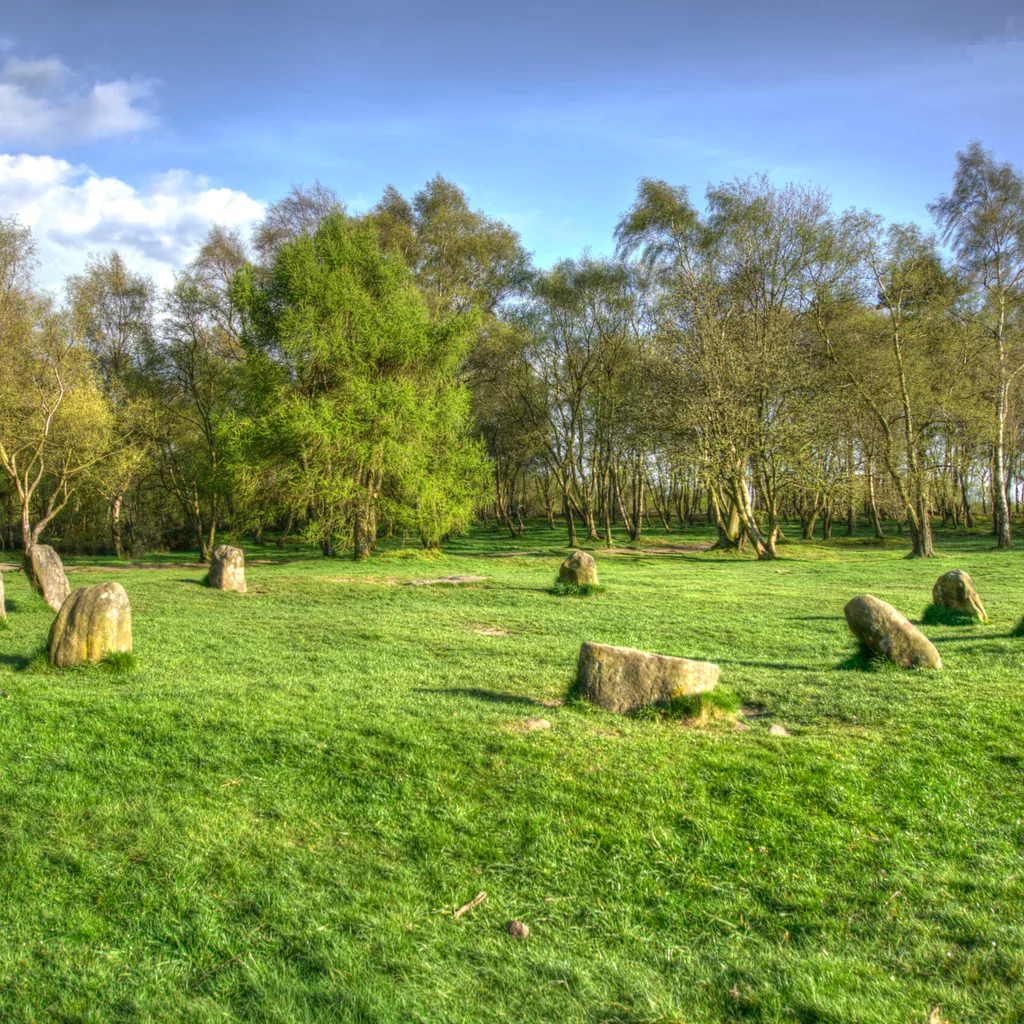
With its offset King Stone, Nine Ladies is found in the Peak District on Stanton Moor's north-eastern edge; legend says these nine women and a fiddler were turned to stone for dancing on the sabbath.
This area is home to several mysterious rock formations – discover Nine Ladies and more on our prehistoric five-mile walk.
